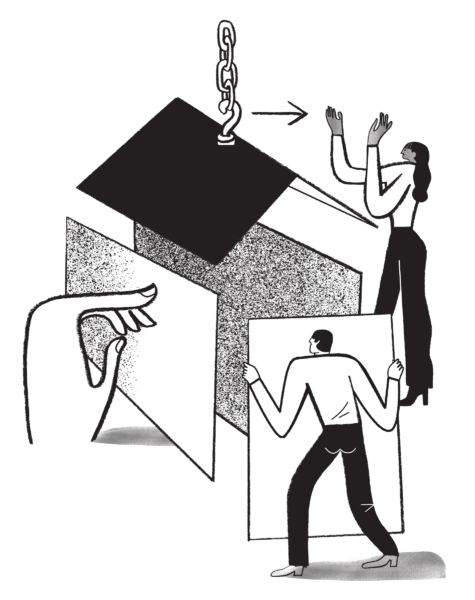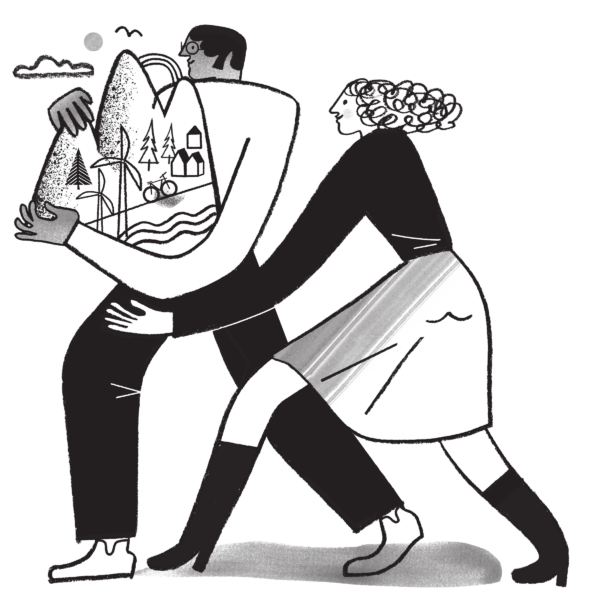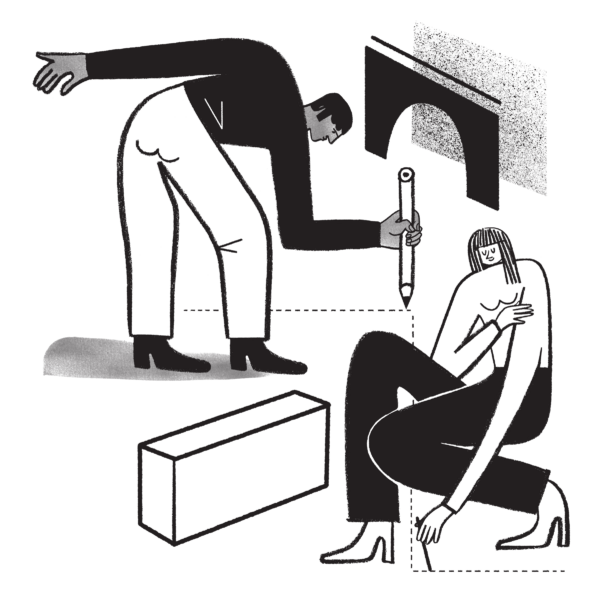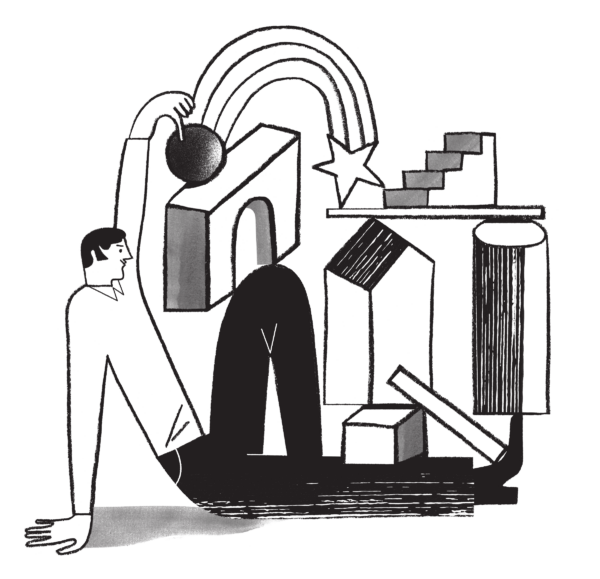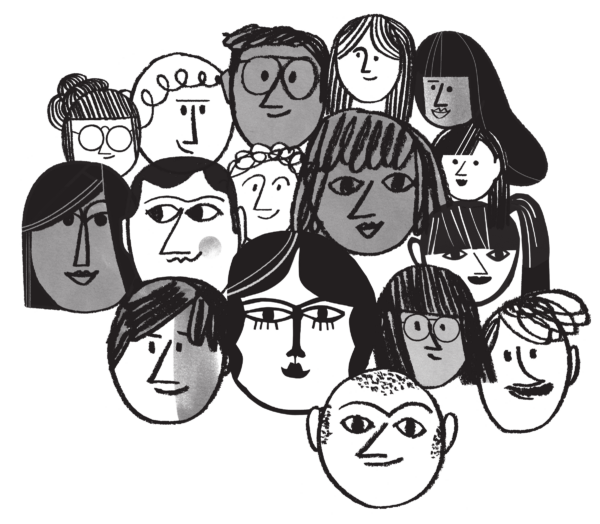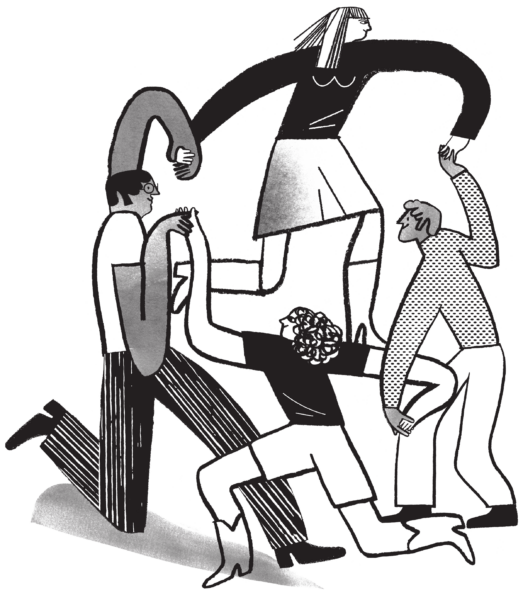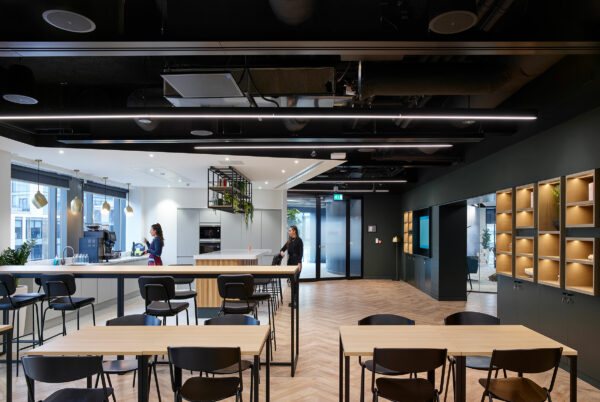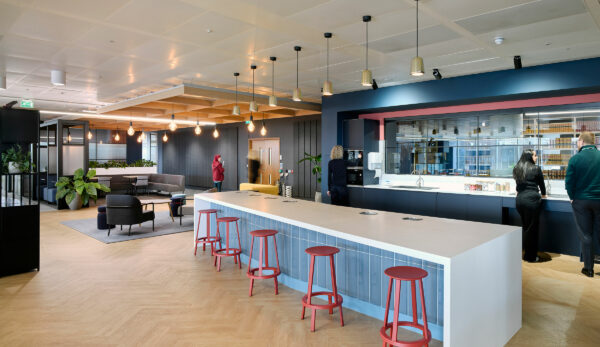Interior Design
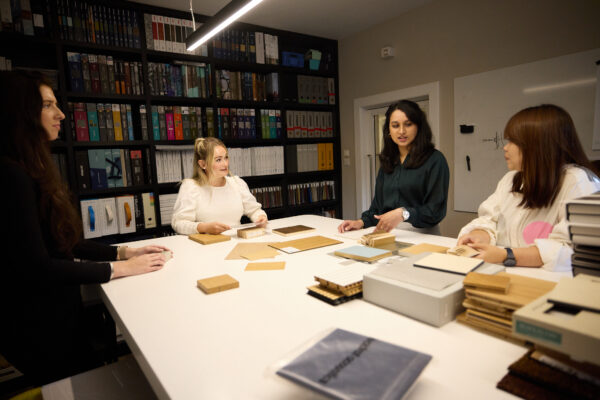
We are firm believers that good design transforms a space inside and out. Good interior design reflects both how people use of the space and how they feel in the space. Often this means we work with businesses to bring brand value to life.
The MLA interior design team work collaboratively with our consultancy and architectural colleagues to understand and present the best well considered design solutions to our clients.
We engage with our clients to understand their needs and use different tools such as workshops, 3D models, sketches and drawings to help transform and bring a brand personality to life in an interior space. We relish a design challenge and are inspired to create flexible, inclusive and unique interior environments. We work closely with suppliers to carefully select innovative materials, finishes and furniture that have sustainable credentials that improve peoples wellbeing.
Similar to the RIBA stages, our interior design process is organised into five phases; Engage, Explore, Define, Deliver and Learn. The process is circular and always starts with engaging with our clients and finishes with learning from the whole project experience – this in turn feeds into our future projects.
We create fit-out and refurbishment solutions for our clients in new or existing buildings, across different scales of spaces, and covering a variety of sectors. We guide and develop the design process from early briefing and concept, through technical design and construction, to realise the formation of beautiful, considered, and people focussed spaces.
OVO Energy
ViewInitial briefing and concept design feasibility studies allow us to explore optimum solutions at early stages in the process to help inform our clients of the opportunities for creative design.
As part of the early concept design process, we can produce space plan test-fits for different building options or existing spaces that are being considered. Space planning exercises allow us to test the spatial arrangement of buildings and floorplates, and explore how all the elements of a clients brief requirements can be innovatively realised. We consider the impact of operational and experiential factors on the design development of the space planning to refine and finalise the best solution.
Exploring interior precedents, finishes and materials with our clients to help establish the right look and feel for their project. We consider the impact of ceiling, wall, floor, and joinery finishes to shape the aesthetic, atmosphere and functionality of spaces. Layers of materials, textures, colour, graphics, and lighting, combine to elevate the emerging interior landscape.
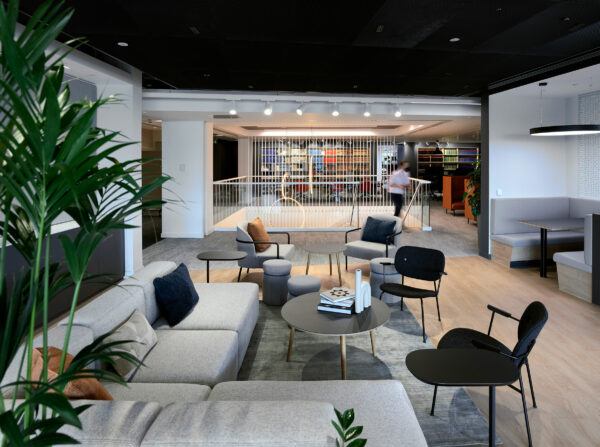
Brodies, Edinburgh
ViewCreation of initial sketches and illustrations early in the process help convey our design thinking, refined with high-quality 3D modelling and visualisation capability, capturing the design evolution.
Building on emerging look and feel palettes, and incorporating specific brand requirements, we can work with clients to develop meaningful and impactful design interventions to suit the environment. We can advise on the balance of literal brand expression and physical signage, subtle influence with colour, texture and narrative, and placement of digital impact and movement.
Furniture, Fixtures, and Equipment are essential for both the functionality and aesthetics of our design outcomes and help create dynamic and engaging interior spaces. Coordination of Audio-Visual equipment is also important. We work with client FF&E and AV specialists to ensure the seamless integration of these solutions with the design concept and ensure a cohesive and functional user experience in the spaces they occupy.
We look for opportunities to enhance spaces wherever possible with layers of planting and biophilia, artwork and graphics, lighting, and accessories.
Our considered interior design interventions are centred on people – inclusive, robust, and dynamic. We understand the importance of diversity and functionality for all, while being considerate of client processes and culture that may impact our design outcomes.
This focus on well-being goes beyond aesthetics, incorporating principles that address comfort, functionality, mental health, and overall lifestyle improvements. These include biophilic design, designing for different needs, ergonomics, air quality, maximising natural light and acoustics.
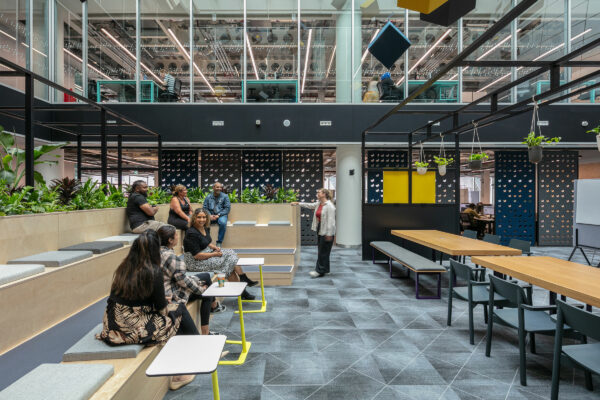
One Spinningfields Square
ViewArchitecture
Finding a balance between architectural quality and commerciality to design highly efficient buildings that bring your vision to life.

